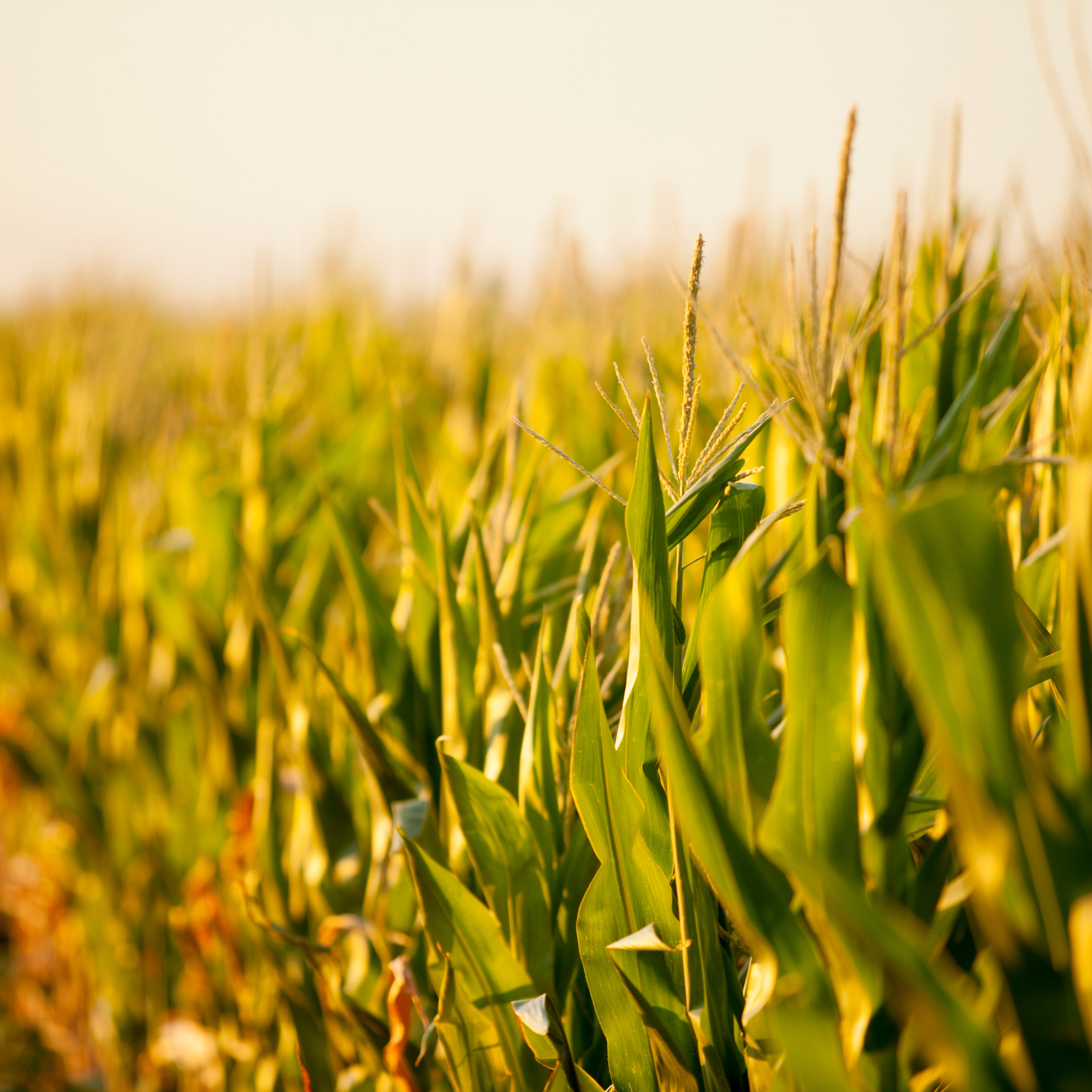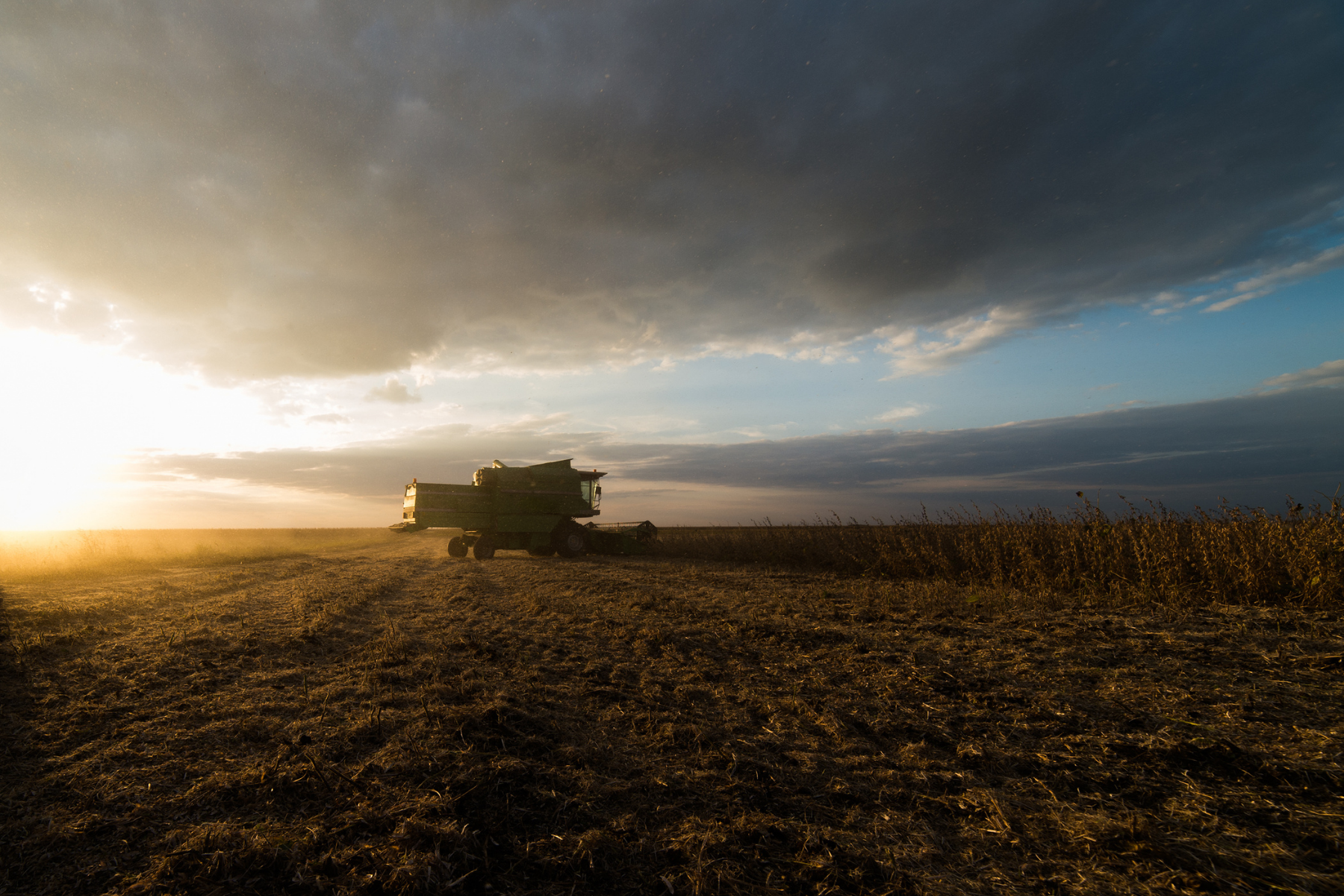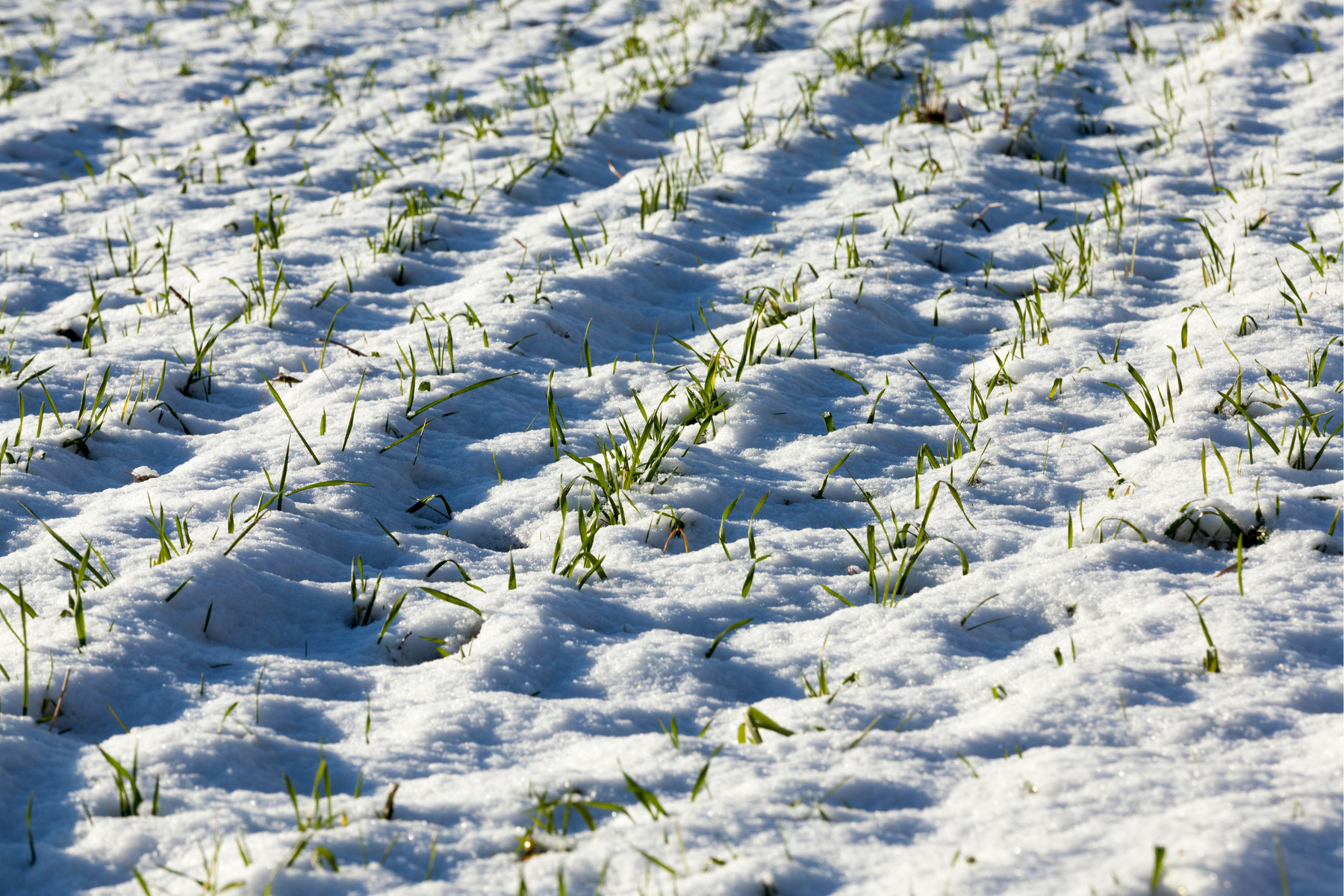As we move through October, Ontario growers face a critical period for corn harvest. They know it’s a delicate balance between maximizing yields and ensuring grain quality. Whether you’re growing grain or silage corn, the decisions you make now will have lasting impacts on crop quality, yield, and overall profitability.
Timely Corn Harvest: Why It Matters
Timely harvest is one of the most crucial factors for optimizing corn quality and yield. Delayed harvest can lead to several problems, including kernel damage, increased field losses, and vulnerability to diseases. As grain moisture levels decline in the field, so does its quality if left too long in variable fall weather.
Ideal Moisture for Grain Corn
The sweet spot for harvesting grain corn typically lies between 22% and 25% moisture. At this stage, the balance between drying costs and potential field losses is optimal. However, if delayed, stalk quality can deteriorate rapidly, leading to increased lodging and ear drop, especially under windy or wet conditions. Growers should be scouting fields regularly and monitoring the stalk quality. If stalk strength is declining, prioritize these fields for harvest, even if moisture is slightly higher than expected.
Managing Harvest Timing for Silage Corn
The harvest window for silage corn is typically narrower, with most silage corn harvested by late August and September. By October, corn is usually too mature for silage, though there can be exceptions. Ideally, silage harvest should occur when whole-plant moisture is between 60% and 65%, or when the milk line is about ⅓ to ½ down the kernel. This moisture level ensures proper fermentation in the silo, which is crucial for maintaining optimal feed quality. Delaying harvest too long can lead to lower starch content and reduced digestibility, decreasing the feed value. Additionally, overly dry silage increases the risk of poor fermentation.
Frost Damage: What to Know for Grain & Silage Corn
Frost is an unavoidable reality in Ontario during late September and October, and its impact on corn depends on several factors, including the severity and timing of the frost event. Growers should be prepared to mitigate frost damage, particularly for crops that have not reached full maturity.
Grain Corn Frost
Immature grain corn that is hit by frost before reaching physiological maturity (black layer formation) can suffer yield and test weight losses. Light frost (around -2°C) typically affects only the upper leaves, which may slow maturation but not significantly damage yield. However, a hard frost (below -4°C) can kill the plant, preventing further kernel fill, reducing kernel depth, and leading to light, low-test weight grain.
Post-frost, it’s crucial to assess fields and determine which need to be prioritized for harvest. Grain from frosted plants may require earlier harvest to avoid stalk integrity issues and potential field losses. Additionally, be aware that drying costs may be higher due to higher grain moisture at harvest. However, harvesting earlier may still be more beneficial than waiting and risking further deterioration from wind or disease pressures. Corn that hasn’t reached black layer (or brown layer, depending on the timing of frost) struggles to dry down properly. Without this maturity, moisture is not sealed out of the kernel, and on wet fall days, the moisture content can actually increase, making drydown even more challenging.
Silage Corn Frost
Silage corn is also vulnerable to frost damage, but the consequences are different. If a light frost affects the upper leaves, the crop may continue to mature, but a killing frost will halt the plant’s growth. This is especially problematic for silage if the crop hasn’t reached the ideal whole-plant moisture level. In such cases, you may need to adjust your harvest timing to avoid poor fermentation and low feed quality.
If a frost event is forecasted and silage moisture levels are still too high, consider harvesting just after frost to minimize quality loss. While frost-damaged corn can still be ensiled, achieving proper packing and covering the silage immediately is essential to minimize spoilage. Pay close attention to the sugar content in the stalks, as a frost can sometimes lead to higher sugar levels, which may affect fermentation.
Managing Post-Frost Corn
After a frost event, the decision-making process becomes critical:
- For grain corn, monitor stalk integrity and kernel moisture. Be prepared to harvest fields that show signs of degradation early, even if the grain moisture is higher than ideal.
- For silage corn, assess moisture levels post-frost and plan to harvest sooner if necessary to preserve feed quality. Fields that have experienced a killing frost will need to be harvested immediately.
Key Learnings and Summary:
- Timely harvest is critical: For grain corn, harvest around 22-25% moisture to minimize drying costs and reduce field losses. For silage, aim for 60-65% moisture for proper fermentation.
- Frost impacts vary: Light frost may only slow development, but a killing frost can halt growth and cause significant yield or quality reductions.
- Prioritize fields post-frost: For grain corn, harvest sooner if stalk integrity is compromised, and be prepared for higher drying costs. For silage corn, act quickly after a frost to ensure proper moisture levels for fermentation.
- Scouting is essential: Regular field checks, especially following adverse weather, help guide timely harvest decisions that preserve crop quality and yield.
For more in-depth information, consider these additional resources:
- Ontario Ministry of Agriculture, Food, and Rural Affairs (OMAFRA) Fact Sheets: http://www.omafra.gov.on.ca/english/crops/facts/facts.html
- Grain Farmers of Ontario Crop Reports: https://gfo.ca/
- University of Guelph’s Frost Impact Research on Corn Maturity: https://www.uoguelph.ca/research/ (Use the search function for specific studies or research on frost impact and corn maturity.)
- Ontario Ministry of Agriculture, Food, and Rural Affairs (OMAFRA) Corn Agronomy Guide: http://www.omafra.gov.on.ca/english/crops/pub811/p811toc.html
- Corn Silage Management Post-Frost, OMAFRA Factsheet: http://www.omafra.gov.on.ca/english/crops/facts/07-057.htm
Staying proactive as frost approaches and harvest windows narrow will ensure you are better positioned to protect your yield and maintain high grain and silage quality this season. The next few weeks will be pivotal for getting the best out of this year’s corn crop—plan accordingly and stay ahead of the challenges.




